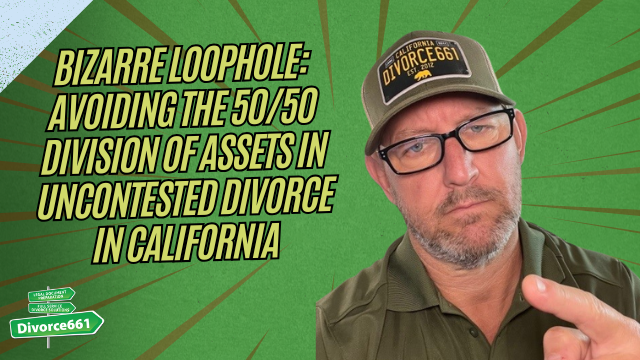How to Deal with a Spouse Hiding Income in a California Divorce
Discovering your spouse may be hiding income during a divorce is stressful, but you are protected by California law. Full financial disclosure is required, and failing to comply can lead to penalties and a fairer division of assets. This guide explains what to watch for, how to gather evidence, and what the courts can do when hidden income is uncovered.
Why full financial disclosure matters in California
California law mandates full financial disclosure. Both spouses must fully disclose all income, assets, debts, business interests and sources of support. When a party hides income or assets, the court can impose sanctions, award attorney fees, impute income, adjust property division and take other corrective actions to protect the other spouse.
California law mandates full financial disclosure.
Red flags that a spouse might be hiding income
Look for inconsistencies between what your spouse reports and their lifestyle or financial activity. Early detection gives you the best chance of uncovering missing income.
- Inconsistent financial disclosures — numbers that change from one disclosure to another without explanation.
- Cash-heavy deposits — frequent unexplained cash deposits or withdrawals.
- Unreported side businesses — evidence of customers, invoices, or business activity not shown on tax returns.
- Tax return discrepancies — personal income on records that does not match tax filings.
- Expenses exceed reported income — spending patterns that do not fit the reported salary or earnings.
- Third-party hints — tips from friends, family, customers, or vendors about undisclosed work.
- Sheltered accounts — transfers to relatives, friends, or new accounts with unexplained funding.
Real client example: uncovering a hidden cash business
In one case, the spouse claimed not to be working. A thorough review of bank statements, payment processors and business records showed consistent cash inflows tied to a cash-based side business. That evidence led the court to revise both property division and support awards in favor of the spouse who had been kept in the dark.
Where to look: documents and records that reveal hidden income
When you suspect hidden income, scrutinize every available financial document.
- Bank statements and canceled checks
- Credit card and merchant account statements (Square, Shopify, PayPal)
- Tax returns, K-1s and amended returns
- Business records, invoices, receipts and ledgers
- Deposit slips and ATM records showing cash activity
- Loan applications and mortgage statements
- Expense records and lifestyle evidence (property purchases, travel)
- Payroll records and employment verification
How to gather evidence effectively
Collecting evidence is a strategic process. Follow a methodical approach to build a solid case.
- Start by compiling all your own and your spouse’s financial disclosures and tax returns.
- Compare reported income to bank deposits and lifestyle expenses.
- Request additional documentation through discovery: subpoenas for bank records, business records and third-party documents.
- Engage forensic accountants or financial investigators when discrepancies are complex or cash transactions are involved.
- Preserve electronic communications, receipts and photos that can corroborate income or business activity.
- Consider deposit analysis and source-of-funds tracing to show unreported earnings.
What the court can do if hidden income is proven
If you can prove income was hidden, courts have several remedies to enforce disclosure and protect the honest spouse:
- Adjust property division to account for undisclosed assets
- Impute income to the hiding spouse for support calculations
- Award attorney fees and costs to the wronged spouse
- Order sanctions or hold the hiding spouse in contempt
- Require amended financial statements and corrected tax filings
Practical steps you can take right now
- Preserve all financial documents and communications.
- Request complete financial disclosures and review them carefully.
- Ask for copies of recent tax returns and bank statements going back several years.
- File discovery motions if your spouse refuses to cooperate.
- Consult a family law professional experienced in uncovered income and forensic accounting.
- Be proactive. The earlier you act, the more options you will have.
How professionals can help
Forensic accountants and experienced family law professionals can spot subtle signs of hidden income and perform the tracing and analysis courts respect. A coordinated approach—legal strategy plus financial investigation—greatly increases the chance of uncovering the truth and securing a fair result.
If you suspect your spouse is hiding income, seeking experienced help early is critical. For a free consultation, visit divorce661.com or call the firm handling divorce matters and financial review. Taking action now can protect your rights and your financial future.
Summary
Hidden income during a divorce is a serious issue, but California provides strong protections through mandatory disclosure and court remedies. Watch for red flags, collect and preserve financial evidence, engage experts when necessary, and act quickly. With the right approach you can uncover hidden income and secure a fair division of assets and support.


